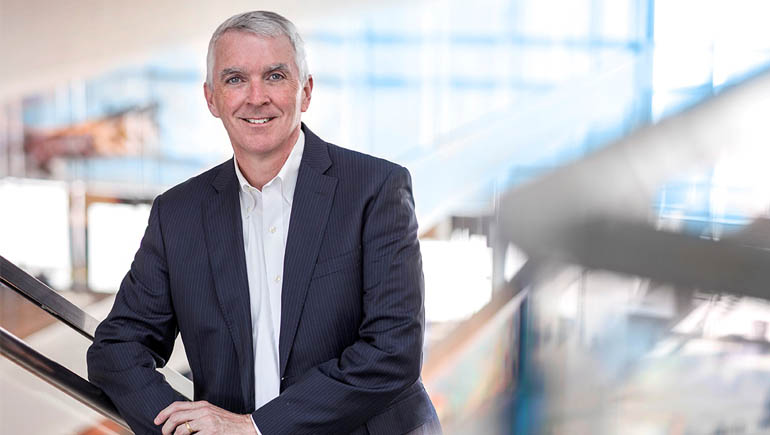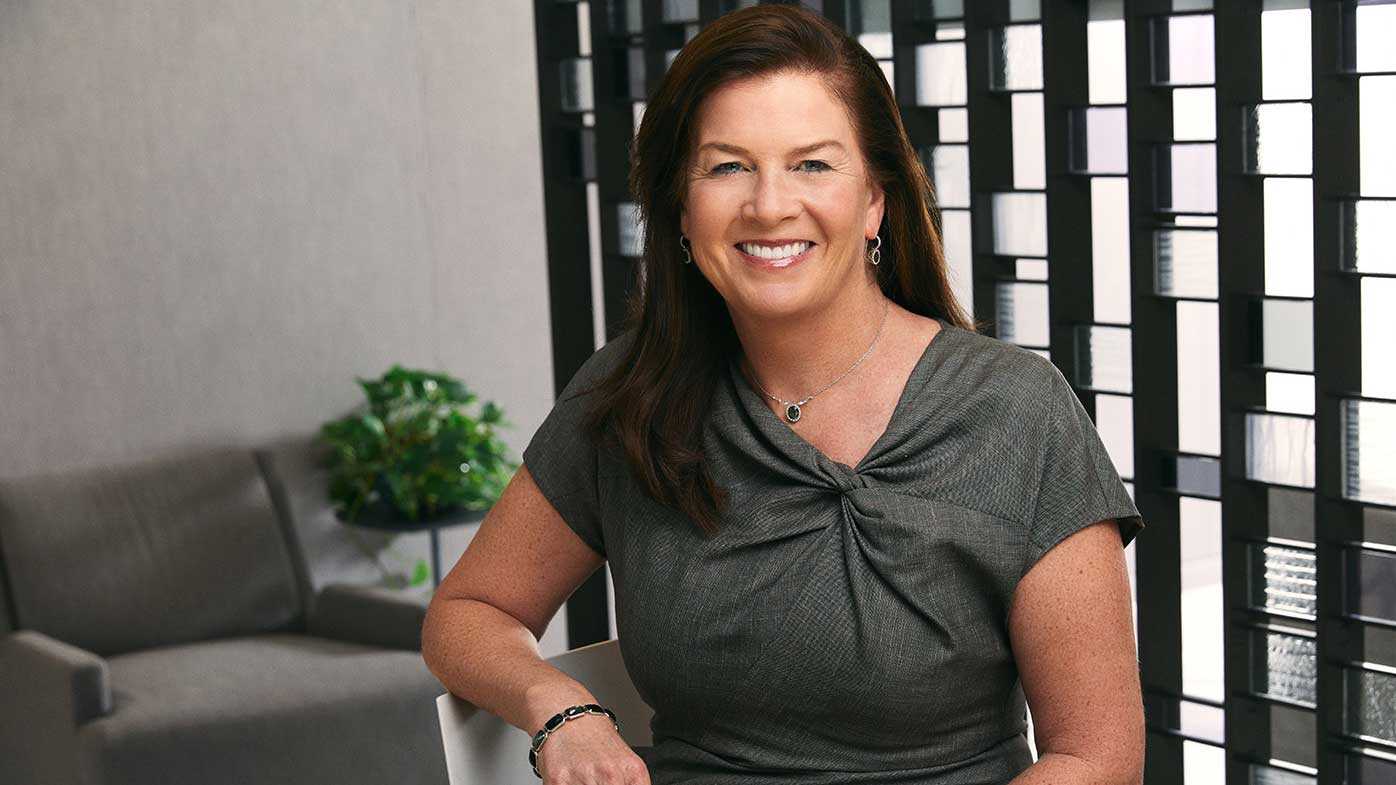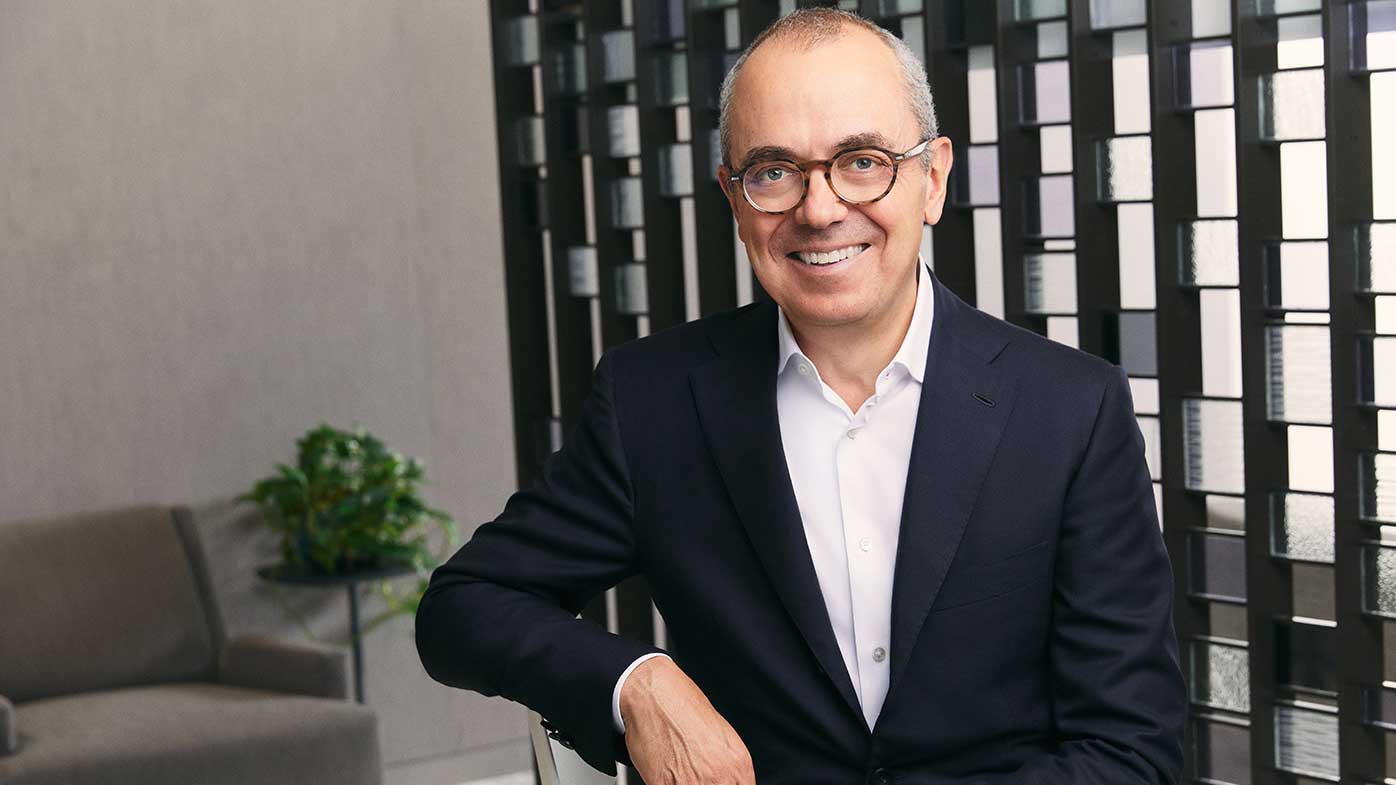
Tom Lynch, Chief Scientific Officer, Bristol Myers Squibb
This monumental shift has been driven by a transformation in cancer research and of cancer care over the past decade. The emergence of immuno-oncology (I-O) and the first wave of I-O therapies have helped us create targeted effective treatments. In fact, the number of cancer survivors is estimated to grow from 15.5 million to 20.3 million by 2026, an increase of 31 percent in a decade, according to one estimate. Advances in I-O research are producing more treatments at faster rates than ever. In 2016, for example, the FDA added five new drugs and biologics to the more than 200 anticancer agents already approved.
Bristol Myers Squibb is proud to have been a first mover in the area of immunotherapy. Today, we have three approved I-O therapies and we are investigating 11 more clinical stage molecules with as many different mechanisms of action. While we are still working toward the day when every cancer patient will benefit from ground-breaking treatments, we continue to increase our understanding of our therapies and how they may benefit patients as monotherapy or in combination with other treatments.
As ever, exciting medical and scientific breakthroughs also come with significant challenges, for regulators who must evaluate new kinds of evidence and for clinicians trying to keep up with continuously changing treatment paradigms.
At Bristol Myers Squibb, we are deeply committed to ensuring that the gains we are making in fighting cancer are as widely and equitably distributed as possible. While the achievements of the great cancer specialty centers are helping to lead the way, more than 80 percent of cancer patients are treated in community settings, where clinicians—by necessity—are generalists.
This means much work remains to be done to accelerate the extension of new standards of care from the specialty centers to community hospitals and practices. We must support patients and local health care providers in identifying the best available options so they and their caregivers can advocate successfully for the right treatment. We have to work closely together with the government, physicians and insurance companies to ensure that patients have access to affordable care in their communities.



